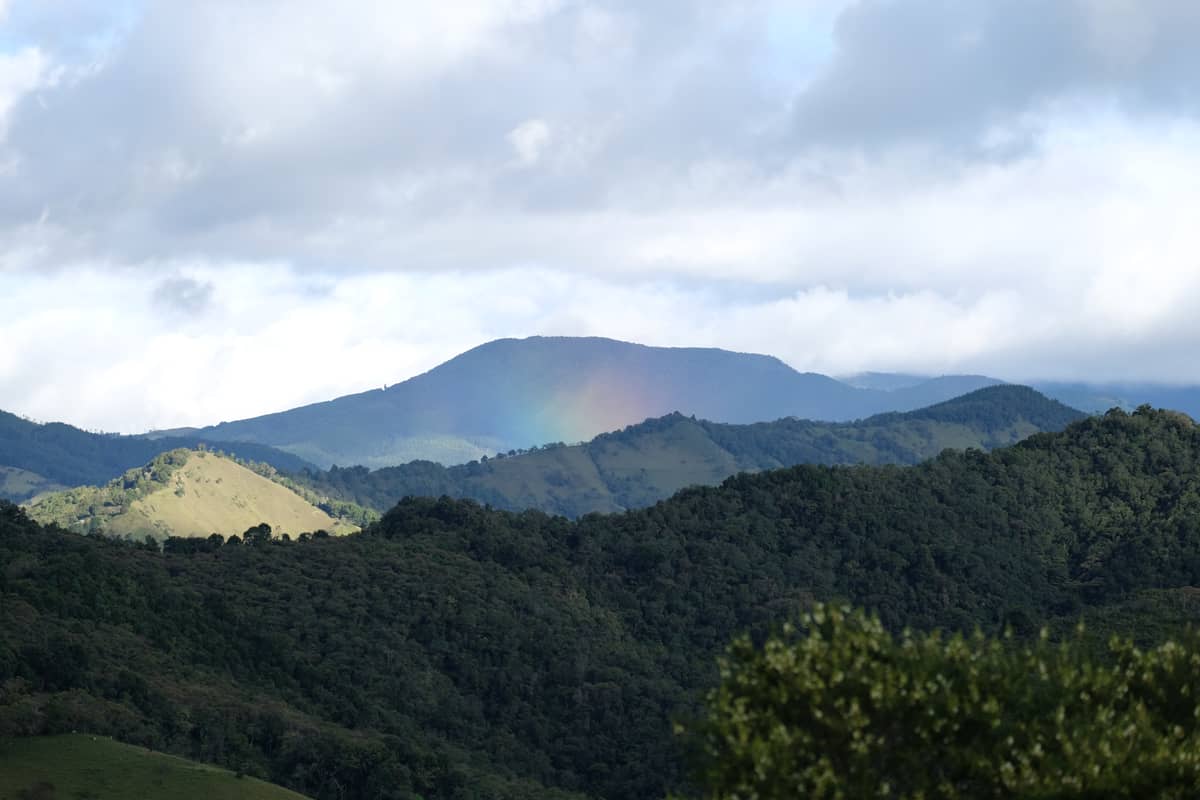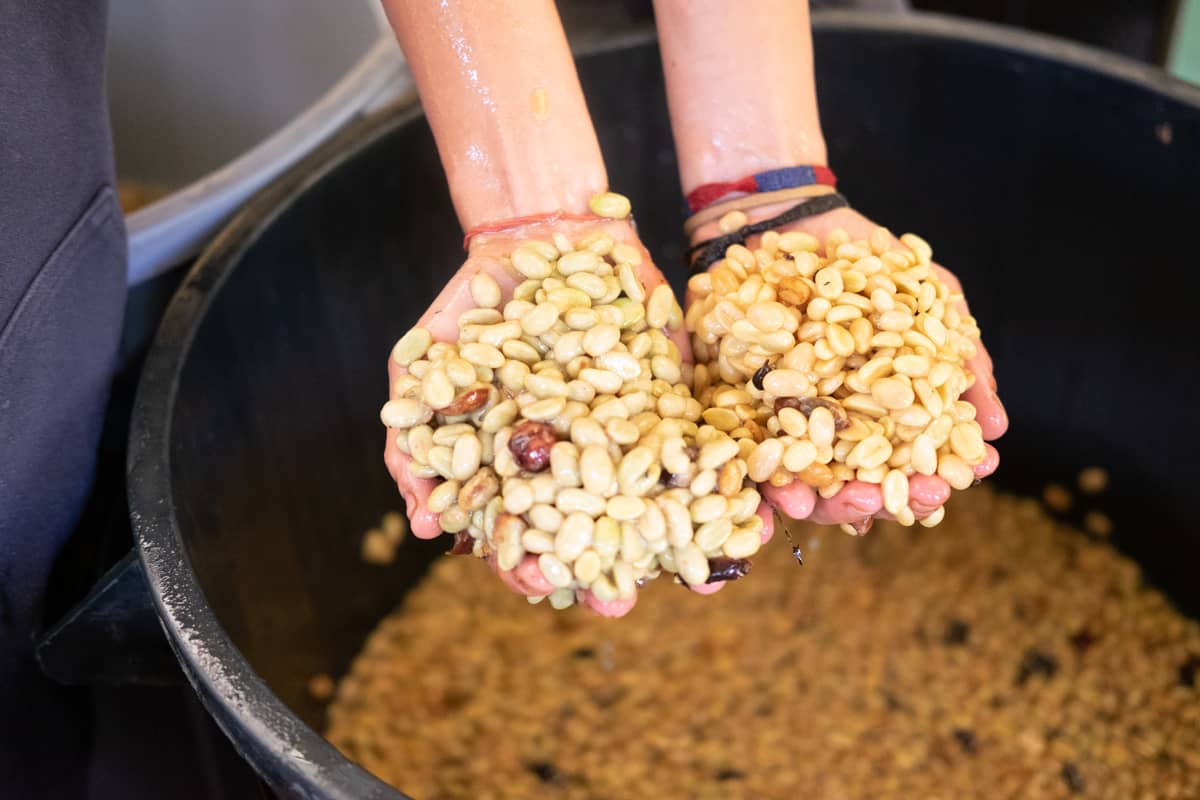
26 Aug 2021
The name Q’antxabina comes from the local indigenous Popti Mayan language. This name refers to a native tree named Guachipilin that you can find around the town of Petatan, and it is also used in Isabel’s farm to provide shade for the coffee plants. Fun fact, Q'antxabina trees have been known to be used by locals to make healing remedies for centuries.
The farm was started by Isabel’s husband more than 20 years ago - but due to low economic resources and low coffee prices, he emigrated to the United States. Isabel took over the management of the land and is now teaching their children about good farming practices. During the harvest, Isabel makes sure that only the ripest cherries are picked, which totals to three picking passes on the farm. The freshly picked cherries are transported with horses to be depulped with a small de-pulper and fermented in water for 48 hours. After fermentation, the coffee is then dried for another six days on a patio.
Huehuetenango is located in the west of Guatemala, on the border of Mexico. This region has the highest mountain ranges in all of Central America and has unique limestone soil that is known for high pH levels. This high altitude also contributes to the acidity and complexity, which we think is where Huehuetenango coffee has a unique advantage.
This specific location is known for being a unique microclimate, mixing the hot winds coming from the Gulf of Mexico with the cooler winds from the Cuchumatanes mountain range. This blend of different winds and temperatures creates a perfect microclimate right at the top of the mountains and also allows coffee trees to grow at high altitudes without being affected by frost damage. At such a high altitude, the plants can grow more slowly, slowing down the cherry development which allows time to bring in more nutrients along with healthy organic compounds. Overall this slow-growing and slow maturation process allows for more complexity, better acidity, greater structure, and of course fantastic flavour.
"This region has the highest mountain ranges in all of Central America and has unique limestone soil that is known for high pH levels. This high altitude also contributes to the acidity and complexity, which we think is where Huehuetenango coffee has a unique advantage."
Challenges
So all this sounds incredible, but it also comes with some challenges. As you can imagine, growing coffee at this altitude and that remotely means that farmers are required to process their coffees themselves before transporting them down to the cities or to exporters. Producers like Pascual Lopez Domingo typically only own a couple of hectares where they pulp, ferment and wash their coffee in a small mill behind their house, where they also dry the parchment on small concrete patios under the sun, right next to their garden.
We hope you will enjoy this coffee from our September rotation as it is a classic expression of such a beautiful terroir. The cup is so sparkling and vibrant, with intense notes of acacia honey, lemon and sultanas. Classic and unique at the same time!
Click here to view the September Single Origin line up

